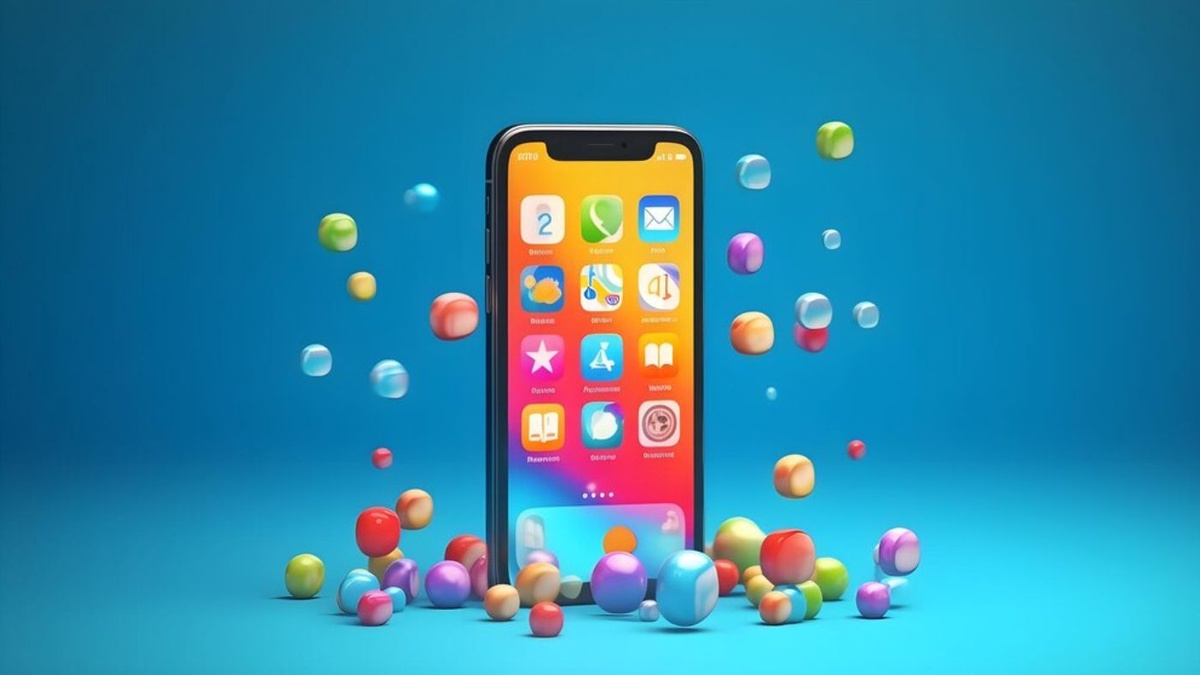The Android platform, with its vast user base and open-source nature, presents a compelling landscape for mobile app development. However, navigating the development process requires a deep understanding of its unique challenges. This article explores five common hurdles Android app developers face, equipping you with valuable tips and strategies to overcome them.
Challenge 1: Device Fragmentation and Compatibility
The Android ecosystem boasts diverse hardware and software configurations across countless devices from various manufacturers. This "fragmentation" makes ensuring compatibility across all devices a major challenge.
Solutions:
Adopt an SDK Version Range: Target a specific range of Android SDK versions, focusing on the majority of users within your target market. This allows developers to prioritize compatibility with the most relevant devices.
Utilize Compatibility Libraries: Leverage libraries like AppCompat and the AndroidX suite to ensure code compatibility across various Android versions. These libraries provide backward compatibility features, reducing the need to rewrite code for different versions.
Test on Diverse Devices: Utilize emulators and physical devices to perform thorough testing across various screen sizes, operating systems, and hardware specifications. This helps identify and address compatibility issues before launch.
Challenge 2: Performance Optimization and Resource Management
Android devices, particularly older models, might have limitations regarding processing power and memory. Inefficient code can lead to performance issues like slow loading times, lag, and crashes, negatively impacting user experience.
Solutions:
Profile and Optimize Code: Utilize profiling tools to identify performance bottlenecks within your app. Refactor code, optimize memory usage by avoiding memory leaks, and utilize efficient data structures and algorithms to improve performance.
Manage Memory Efficiently: Implement proper memory management practices, including releasing unused objects and resources to prevent memory leaks. Use garbage collection techniques effectively and utilize tools like LeakCanary to identify and address potential memory leaks.
Utilize Efficient Libraries: Leverage libraries like Glide for image loading and Picasso for managing network requests. These libraries offer optimized performance and resource management compared to implementing these functionalities from scratch.
Challenge 3: Security Vulnerabilities and Data Protection
Mobile apps often handle sensitive user data, making security a paramount concern. Vulnerabilities in your app can expose user data to unauthorized access and compromise their privacy.
Solutions:
Follow Secure Coding Practices: Adhere to secure coding practices by avoiding common vulnerabilities like SQL injection and cross-site scripting (XSS). Regularly update libraries and frameworks to address known security issues.
Implement Robust Authentication and Authorization: Implement strong authentication and authorization mechanisms to control user access to sensitive data. Consider using secure storage mechanisms like Android Keystore for storing sensitive information and employing encryption techniques for data in transit and at rest.
Perform Regular Security Testing: Conduct regular security testing using static code analysis tools and penetration testing services to identify and address potential vulnerabilities before releasing your app to the public.
Challenge 4: User Interface (UI) and User Experience (UX) Design Complexity
Creating a user-friendly and intuitive UI/UX is crucial for user engagement and app success. However, translating your design vision into a functional and visually appealing Android app can be challenging.
Solutions:
Follow Android Design Guidelines: Adhere to the Android Material Design guidelines to ensure your app aligns with the native look and feel of the Android platform. This enhances user familiarity and creates a seamless experience.
Prioritize Usability Testing: Conduct user testing throughout the development process to gather feedback on your UI/UX design. This helps identify areas for improvement and ensures your app is intuitive and user-friendly for your target audience.
Iterate and Refine: Don't be afraid to iterate and refine your UI/UX based on user feedback and testing results. This ongoing process is crucial for creating an app that resonates with your users and keeps them engaged.
Challenge 5: Navigating the Google Play Store and App Visibility
The Google Play Store is a highly competitive marketplace. Getting your app discovered and downloaded amongst millions of other apps can be challenging.
Solutions:
Optimize App Store Listing: Conduct thorough keyword research and optimize your app title, description, and screenshots for relevant keywords. This helps users discover your app during searches within the Play Store.
Leverage App Store Optimization (ASO) Techniques: Employ ASO strategies like acquiring positive user reviews and ratings, encouraging app sharing, and running targeted in-app advertisements to increase your app's visibility and attract potential users.
Focus on User Retention and Engagement: Prioritize user retention by creating an engaging and valuable app experience. Users who engage with your app for longer periods tend to rate and review it more, further improving your app's visibility and organic ranking within the Play Store.
Conclusion:
Developing successful Android apps requires careful consideration of various challenges and a commitment to continuous improvement. By understanding these common hurdles and implementing the suggested solutions, you can equip yourself to navigate the development process effectively. Remember, ongoing learning, staying updated with the latest technologies, and prioritizing user experience are key ingredients for turning your vision into a thriving Android app.
Additional Tips:
Build a Strong Team: Surround yourself with talented and experienced developers, designers, and project managers who possess the necessary skills and expertise to tackle complex challenges.
Embrace Continuous Learning: The mobile development landscape is constantly evolving. Commit to continuous learning, stay updated with the latest trends and technologies, and constantly refine your skills.
Seek Guidance When Needed: Feel free to seek guidance from experienced professionals or communities when faced with complex challenges. Collaboration and knowledge-sharing can be invaluable resources in overcoming development hurdles.
By acknowledging and proactively addressing these challenges, you can embark on your Android app development journey with a clear understanding of potential roadblocks and the tools to overcome them. By combining your vision with strategic planning and commitment to excellence, you can create an impactful and successful Android app that makes a distinct mark in the mobile world.


No comments yet